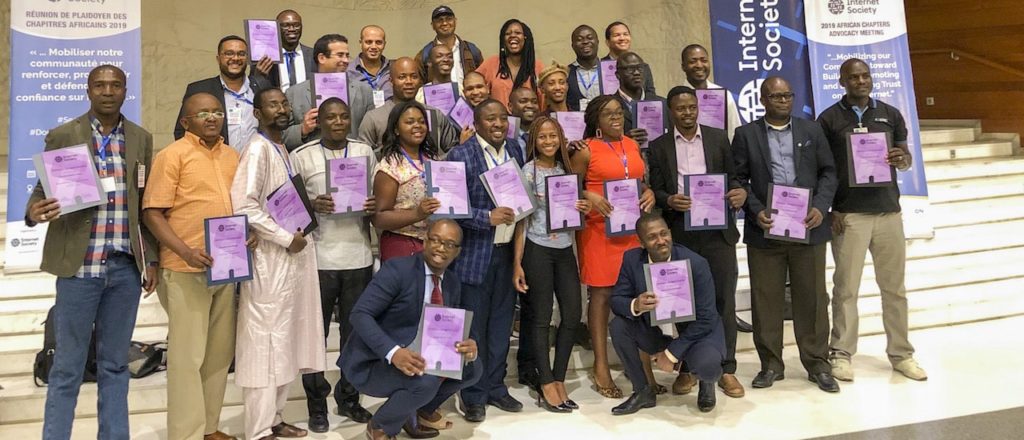Holding Steady: How CDNs, IXPs, and Network Providers Help Keep us Online

Although the COVID-19 pandemic is, unfortunately, far from over, the Internet continues to be resilient, supporting the additional demands that we have placed on it, including the rapid growth in online learning, work videoconferences, e-commerce, streaming video entertainment, and more.
Because the Internet exists as a network of networks, this resilience is largely due to the planning, actions, and cooperation of all of the interconnected participants. These participants include, but are certainly not limited to, network providers, Internet Exchange Points (IXPs), and Content Delivery Networks (CDNs).
Expanding Infrastructure
On the network side, major providers such as Comcast have invested billions of dollars over the last several years in expanding fiber infrastructure and growing network capacity. In contrast, community network provider NYC Mesh is leveraging DIY customer installations to grow its own infrastructure during the pandemic. While there is still much work to be done, these efforts by both large and small network operators as well as similar operators all over the world, are making reliable broadband connectivity more widely available. Infrastructure expansion is vital as the current pandemic has shown that access to reliable Internet is now more important than ever before.
Fast and Reliable Content Delivery
CDN providers are also doing their Continue reading




